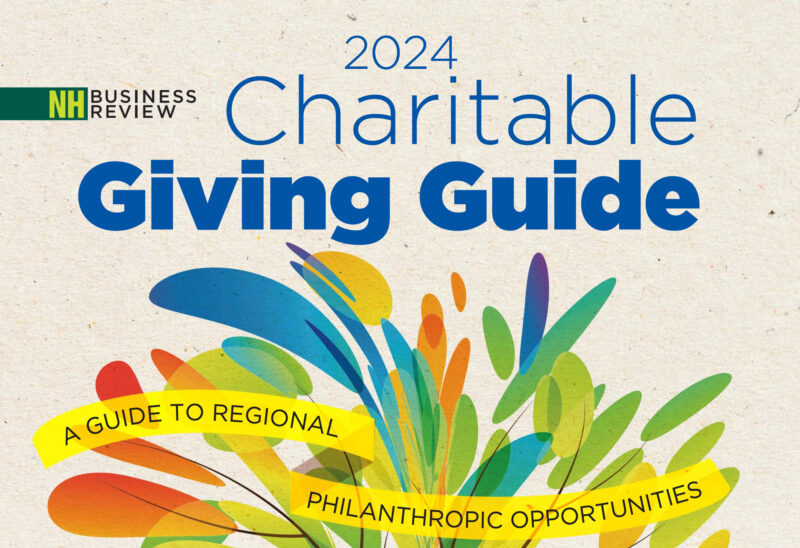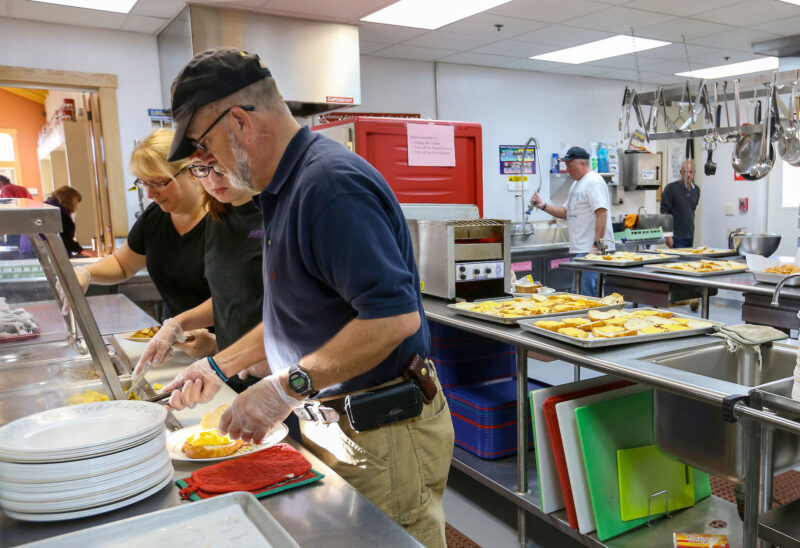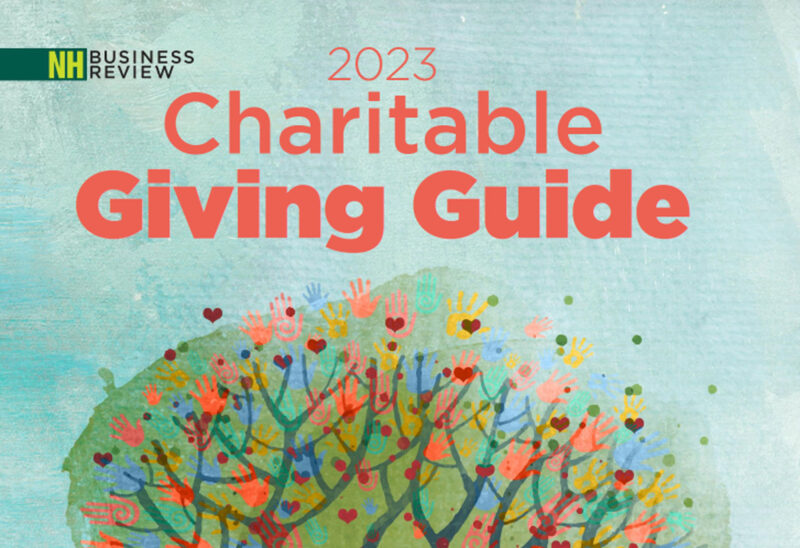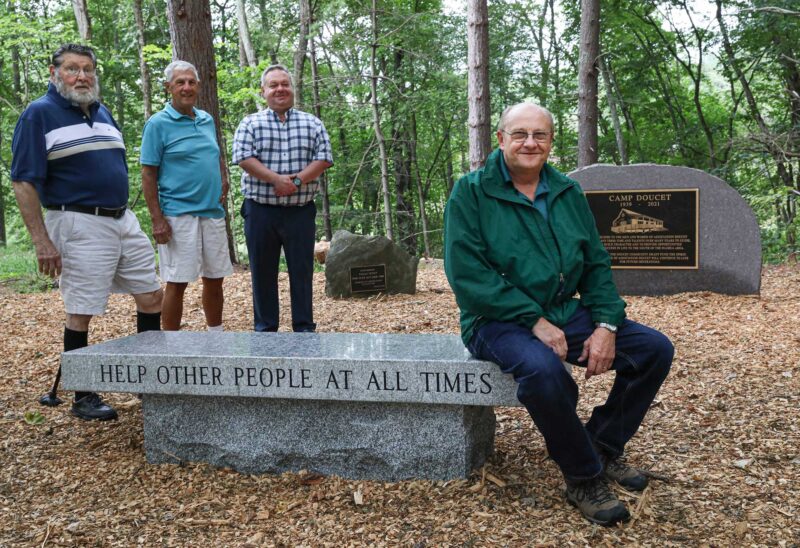I’m not usually a hashtag guy, but I love it when a great idea goes viral.
#GivingTuesday was launched in 2012 by the folks at the 92nd Street Y in New York City, a nonprofit community and cultural center, as a national day of giving. Now, it is a massive, global phenomenon: an inspiration to generosity, a reminder to think about those things that matter to us, to learn about and support the organizations working on them — and maybe even get more deeply involved.
Knowing that #GivingTuesday is going to show up on the calendar every year (this year on November 28) is a great reminder to plan for our giving (just like knowing that Thanksgiving is coming reminds us to make travel plans, pie decisions and a grocery list.)
Americans are a very generous bunch — and not just on designated giving days. Last year, Americans gave $180 million on #GivingTuesday. And Giving USA reports that Americans gave a record-high total of $390.05 billion in all of 2016 — with a whopping 72 percent of that coming from individuals. And now is the season: About 40 percent of all giving happens during the fourth quarter of the year.
Here are some ideas to organize your giving for #GivingTuesday — and the year-end giving season.Tweet This
Here are some ideas to organize your giving for #GivingTuesday — and the year-end giving season:
- Pick your passion. Before you start to address the many worthy appeals that flow into your mailboxes and social media feeds, think about what matters to you most. Mentoring? The arts? The environment? Addiction treatment? Then select the appeals to consider based on your priorities.
- Consolidate for impact. Making larger gifts to fewer organizations allows you to have a greater impact on an area of critical work. Yes, there are so many worthy organizations, and yes, they all need your help. So consider consolidating giving a higher-impact gift to one or two organizations this year, and then select additional organizations for next year.
- If you have a substantial amount to give, be sure to talk to your financial and philanthropic advisors. Discuss what assets to give, giving vehicles that are available and how best to maximize your charitable giving while meeting your individual or business financial goals.
- Make it a family thing. We teach our kids, from a very young age, that sharing is a virtue. Consider setting up three equal-sized containers (Mason jars work) and label one “spend,” one “save” and one “share.” And then give them an allowance that is easily divisible by three. If your kids love storytime, talk about the possibility of taking the “share” jar and buying a new book for the library for all the kids in town to enjoy. Engage older kids in the “what matters most to you” conversation and let them choose one of the organizations to which your family gives.
- Skip the sweater. Choose a nonprofit that is doing work you care deeply about, and ask people to give to it, in your name, for a gift. (And if having something to wrap up is important, get creative: A bowl with a note inside about a gift for hunger relief. A pine bough for a gift to protect the environment. You get the idea.)
- Roll it over. If you are over 70-½ and need to take an IRA distribution, consider making a gift to charity directly from your IRA.The IRA Charitable Rollover has been reinstated permanently. This allows direct gifts — small or large — to charities to be made tax-free.
- Be aware of proposed tax law changes: Proposed changes to current tax law for 2018 could have a significant impact on charitable deductions. To take advantage of current law, be sure to make contributions by December 31.
- If you run a company, consider matching employees’ year-end gifts. Matching gifts not only drive increased giving, they help build a culture of giving in your business and camaraderie among your team.
- Roll up your sleeves. Giving financial resources is critically important. And so is giving of your time and passion and expertise. Volunteer opportunities abound to give by doing, and learn first-hand about the great work of nonprofits. (VolunteerNH.org has a search engine that can be filtered by region, issue, and even by family-friendly volunteer opportunities.)
However and whenever you choose to give, your giving is important, and appreciated — and makes you part of a very generous crowd.
This article originally appeared in the November 24, 2017 issue of New Hampshire Business Review as part of the “Greater Giving” series, a partnership between NHBR and the Charitable Foundation that promotes a culture of giving in New Hampshire’s business community.
Richard Peck served as the vice president of donor engagement and philanthropy services at the New Hampshire Charitable Foundation.
The Foundation works with many generous New Hampshire businesses, families and individuals to amplify the power of their giving. To learn more, please contact Melinda Mosier, vice president of donor engagement and philanthropy services, at zryvaqn.zbfvre@aups.bet or 603-225-6641 ext. 266.

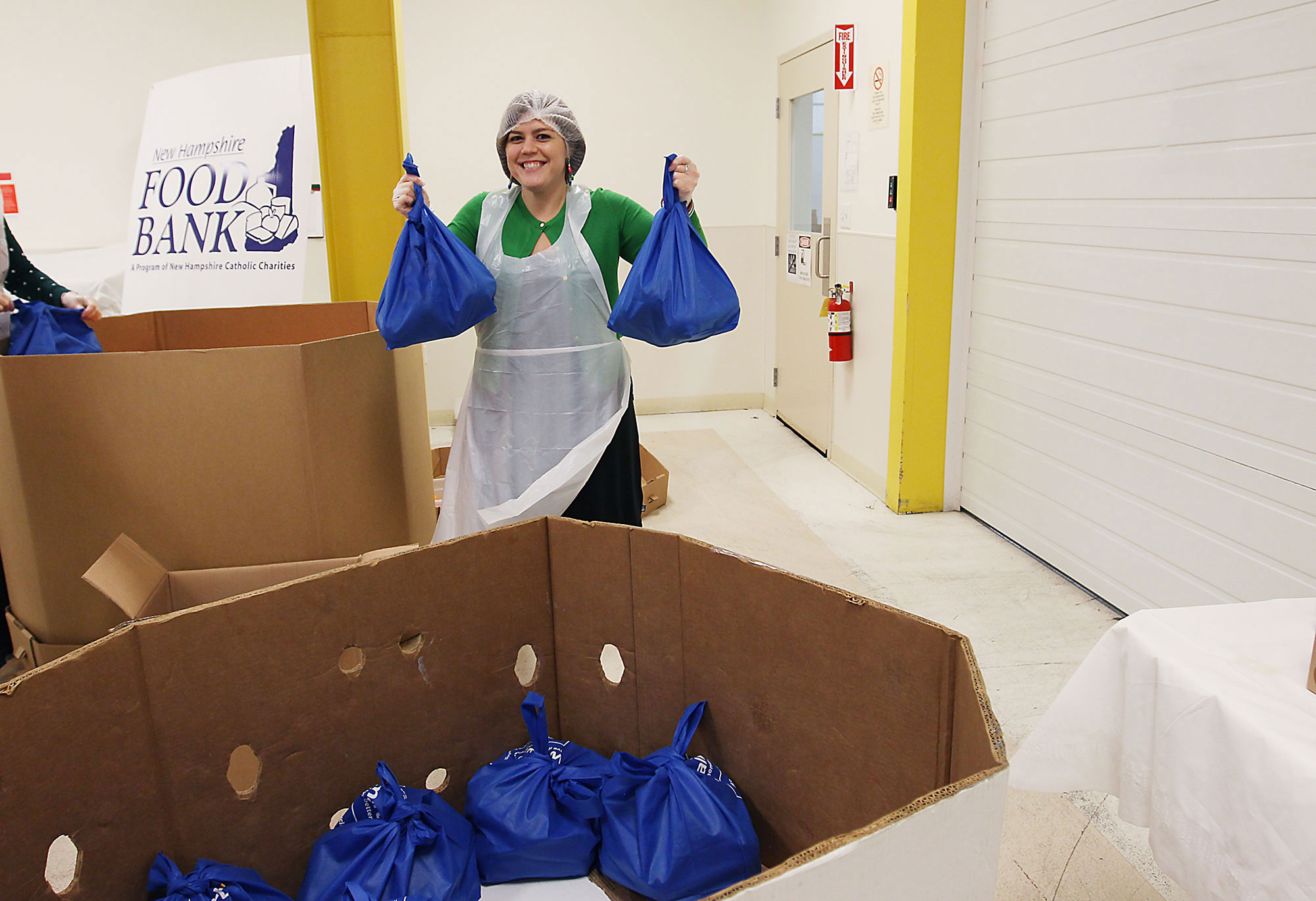






![Oluwakemi Olokunboyo of Dover received a McNabb scholarship to study nursing at Great Bay Community College [Photo by Cheryl Senter]](https://www.nhcf.org/wp-content/uploads/2024/05/Scholarship-Hero-800x548.jpg)
![Indrika Arnold, Senior Wealth Advisor, the Colony Group [Photo by Cheryl Senter]](https://www.nhcf.org/wp-content/uploads/2024/05/Indrika-Arnold-Hero-800x534.jpg)



